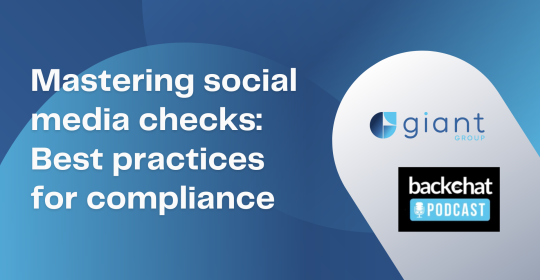Diversity is an issue which has been viewed traditionally as a particularly American concern, because of its higher profile in the US where strict, punitive legislation has been in place for a number of years. Active pursuit of diversity in the workplace provides equal employment opportunities for all, regardless of sex, race, religion or age. European businesses do not operate under the same laws as American organisations but, despite this, workplace diversity is becoming an important issue for UK organisations, according to Larry Cucchi, Director of Operations for Peopleclick, the global leader in workforce management technology and services.
EU regulations, such as the EU anti-discrimination framework directive (2000/78/EC), have played a major part in this. It is not just legislation, however, that is prompting this move, but also growing recognition of the varied business benefits which include increased motivation, lower turnover of staff and access to wider labour markets. Instead of adopting the minimum standards to comply with the EU directives, many companies are making diversity a driving factor within their business.
Cucchi believes that this is because a strong record on diversity can also be used to attract prospective employees: Prejudice can become a significant business risk in terms of corporate reputation and a strong diversity strategy helps to defend against this. The move towards diversity relates to the growing trend for companies to build a strong track record for corporate responsibility. Not only do companies have to declare that they are equal opportunities employees, but now they have to prove it too.
When confronted with the job of putting diversity into practice, however, UK companies face a task which is both challenging and immensely time-consuming. It requires the acquisition and management of an enormous amount of detailed information, to analyse and maintain equal employment opportunities effectively. This has led to a growing demand for diversity software which can quickly and simply track and present an accurate picture of diversity within the business - a trend which is set to continue over the next three years.
EU legislation and business benefits drive demand for diversity planning

In diversity lies strength





